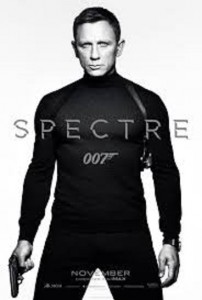There are movies that hold up the ideal of peace, but it can be a difficult road to hoe.
Battlestar Galactica (1978, USA) was one of those movies.
Battlestar Galactica was something of a cult phenomenon and the movie merchandise was short lived, but memorable for some boys.

It was like Star Wars (1977, USA), but Battlestar Galactica creator Glen Larson said he conceived the science fiction story in the 1960s, before Star Wars was released. he couldn’t find backers, according to Wikipedia.
After the success of Star Wars, Larson’s vision for Battlestar Galactica was realized on the screen.
Despite Battlestar Galactica’s special effects and sensurround, which made sound effects reverberate through the theatre, it’s box office wasn’t on par with Star Wars.
It had been edited down from a three hour television pilot and when it was translated to the big screen, it became a two hour movie.
A television series was forthcoming, but taken off the small screen after a year, and then there was a short-lived sequel on television, which was also canned.
On television, it was reborn, though, in the new millennium.
Currently in development is a feature film.
In the 1978 theatrical movie, Commander Adama (Lorne Greene) tells the council of the twelve human colonies—colonies that have migrated to the planet Kobol—that though they have brokered peace with their enemy the Cyclons, it is an uneasy peace.
But Councilor Sire Uri (Ray Milland) claims peace happened 1000 years ago and it is ripe again.
He believes peace begets peace and the way is to put down their weapons and wait for their opponent to do the same.
However, the Cyclons, are two-faced. Though they speak peace, they don’t mean it.
The Cyclons attack. Commander Adama’s son dies in battle. The human colonies lose most of their star fleet and their home planet Kobol is abandoned.
So much for a broker of peace.
The ideal of peace, freedom and justice seems a long way off, a difficult road to negotiate.

